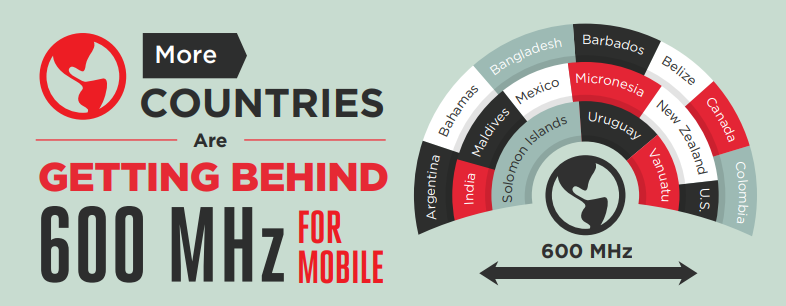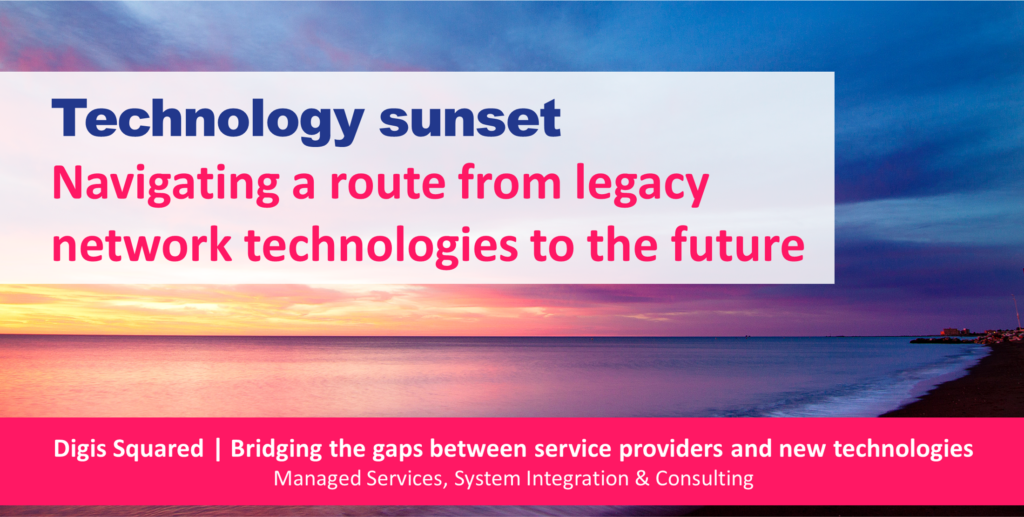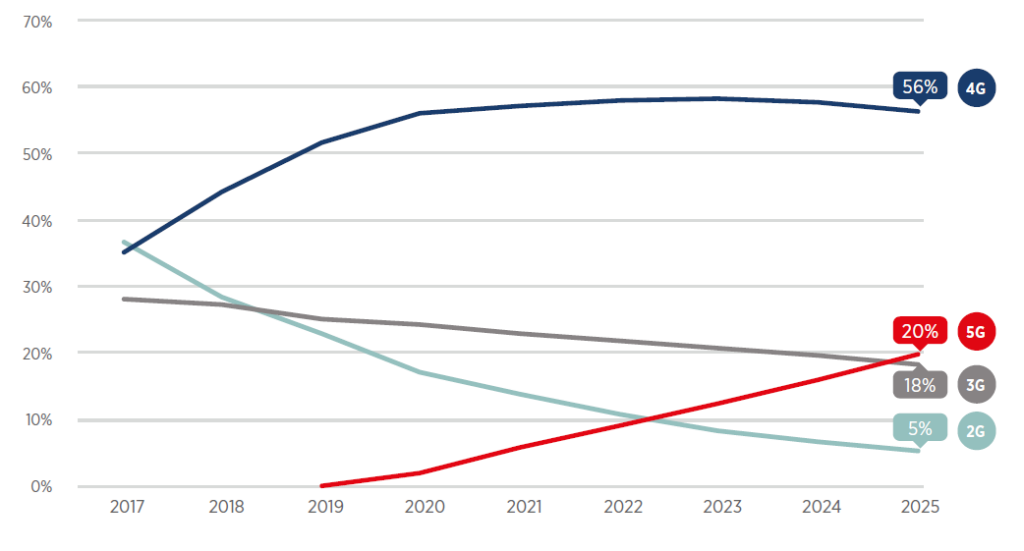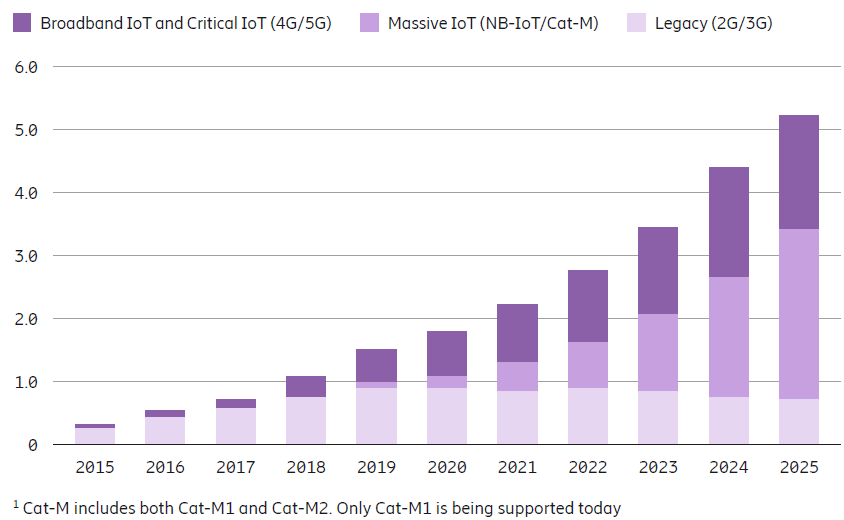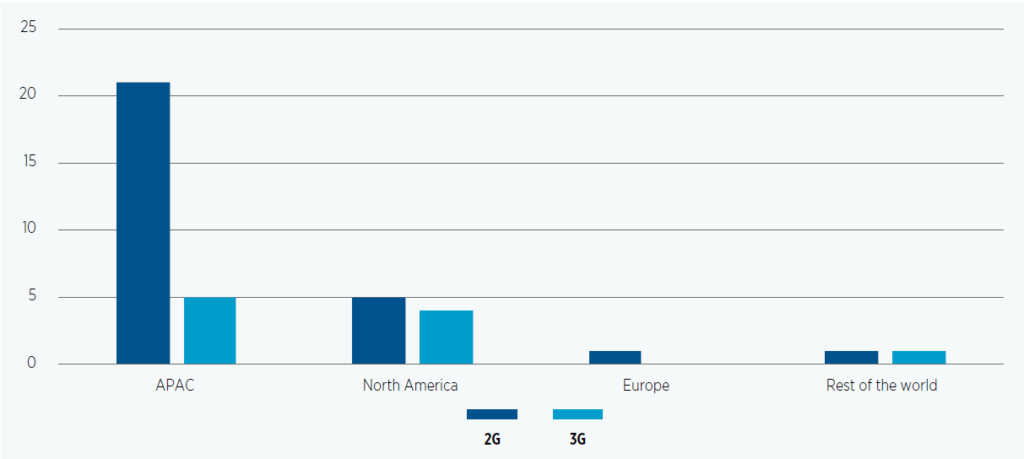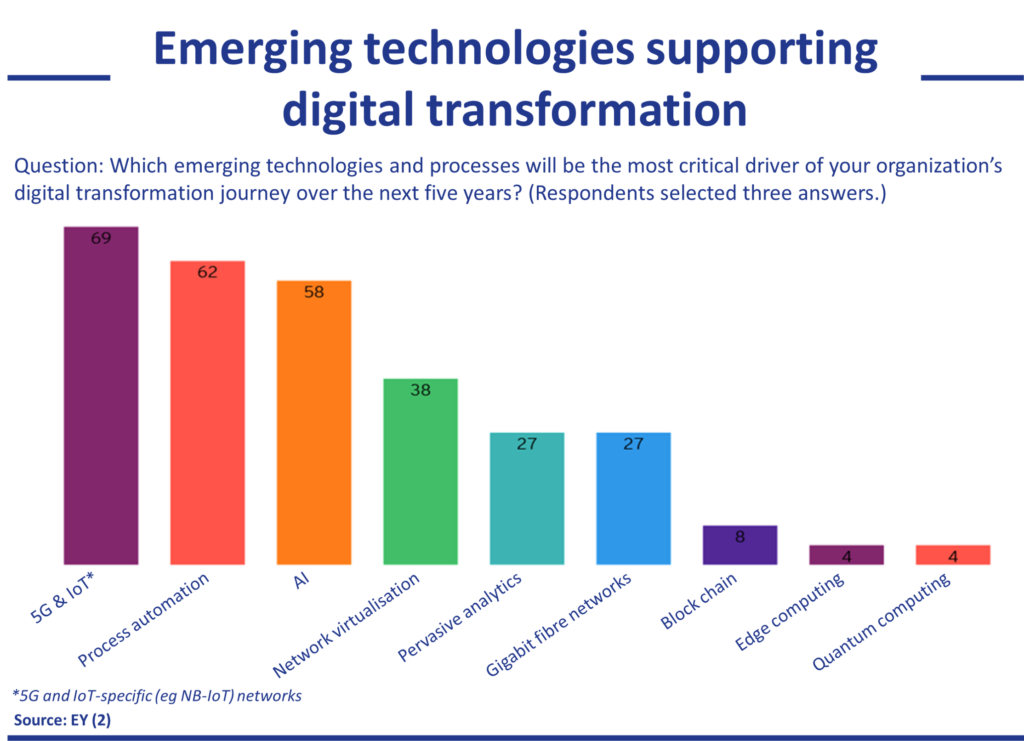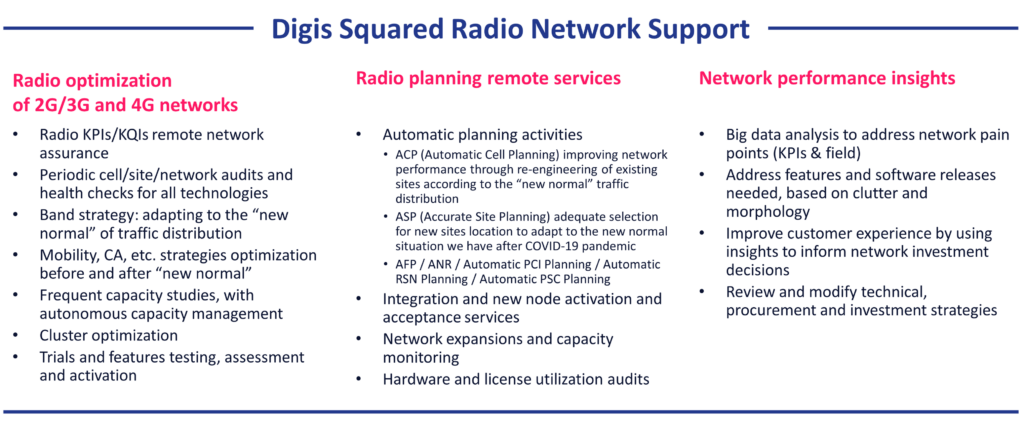New partnership empowers operators to navigate the rapidly changing 5G, IoT, and OpenRAN ecosystem for better service performance.
CUPERTINO, CA and LONDON, UK – 24 May 2022 – Mobileum Inc. (“Mobileum”), a leading global provider of analytics solutions for roaming and network services, security, risk management, testing and service assurance, and subscriber intelligence, and Digis Squared, a market leader in network services and AI-assisted tools, announced today that the companies have entered a strategic partnership to bring a comprehensive set of network testing and cognitive optimization solutions to market.
The collaboration brings together Digis Squared’s deep expertise in developing cognitive tools to automate and analyze radio network and edge-to-edge performance, and optimizing networks and capacity management to benefit the customer experience, and Mobileum, whose highly scalable and flexible telecom analytics portfolio enables operators to improve business performance, monitor customer experience, and access new monetization opportunities.
Ron Haberman, Mobileum Chief Product Officer, commented:
“Finding meaning in data is what we do. Mobileum’s Active Intelligence platform enables Communications Service Providers (CSPs) to connect deep network and operational intelligence with real-time actions to increase revenue, enhance the customer experience, reduce costs, and streamline operations. The partnership with Digis Squared extends the edge-to-edge network testing, optimization, planning, and management capabilities we can deliver. In addition, the in-house expertise and capabilities that the Digis Squared team brings in machine learning analytics is a great fit with our predictive analytics and automated actions approach.”
AbdelRahman Fady, Digis Squared CTO, commented:
“Digis Squared is pleased to partner with Mobileum to provide a more comprehensive testing solution across legacy 2G and 3G technologies through 4G to 5G, Private Networks and OpenRAN. With 5G, IoT, and OpenRAN deployments already underway, this new ecosystem will see CSPs working with a distributed value-chain of stakeholders and information silos that require a new approach to monitoring digital risk and analysing data. AI tools that can swiftly identify issues and automatically solve known problems will be vital to ensure the smooth operations of the highly complex multi-technology, multi-vendor systems, which CSPs rely on today.”
Mobileum’s Active Intelligence platform provides the actionable insights today’s communications service providers require to unleash the power of 5G and next-generation networks. Powering Mobileum’s roaming and network services, risk management, testing and monitoring, and customer engagement and experience solutions, the Active Intelligence platform delivers the advanced analytics, AI/ML, and DPI capabilities carriers need to enhance the customer experience, increase revenue, cut costs, reduce losses, and streamline operations.
The Digis Squared INOS solution provides Single Site Verification, network benchmarking, and optimization capabilities and is fully configurable live in the field. Fully customizable reports are delivered within 15 minutes of completion of data receipt, with access to 200 different network KPIs, network QoS, and customer QoE analysis. In addition to 5G analysis, there is considerable interest in Digis Squared’s OpenRAN capability as optimization, interoperability testing, and benchmarking with legacy systems begin to move from PoCs toward commercial deployment.
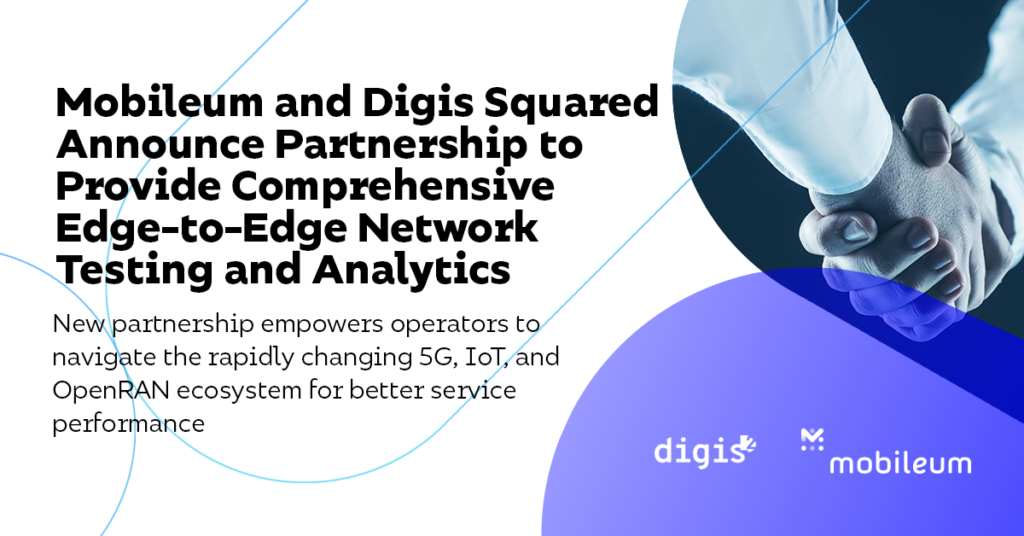
About Mobileum
Mobileum is a leading provider of Telecom analytics solutions for roaming, core network, security, risk management, domestic and international connectivity testing, and customer intelligence. More than 1,000 customers rely on its Active Intelligence platform, which provides advanced analytics solutions, allowing customers to connect deep network and operational intelligence with real-time actions that increase revenue, improve customer experience, and reduce costs. Headquartered in Silicon Valley, Mobileum has global offices in Australia, Germany, Greece, India, Portugal, Singapore, UK, and United Arab Emirates. Learn more: Website, and follow on Twitter.
About Digis Squared
Managed Services, System Integration & Consulting. We transform telecom networks, deploy new technologies, and manage vendors, for network operators, service providers and regulators. Apply our vendor-agnostic expertise, automated AI-led tools and processes to transform your technical and commercial capabilities. We work with agility, deep experience, and our in-house cognitive tools to optimise and manage multi-vendor networks across all technologies. Headquartered in the UK, Digis Squared has offices in Angola, Egypt and UAE.
Digis Squared ◦ Enabling smarter networks.
If you or your team would like to discover more about our capabilities, please get in touch: use this link or email sales@DigisSquared.com .
Discover more
- INOS: Product update: “Radio Testing as a Service” – successful cloud-based INOS installation in Intel Lab
- INOS uses Intel® Xeon® Scalable Processors | Digis Squared awarded Intel Winner’s Circle Membership
- INOS: Intel case study | Video & TCP optimisation for Tier 1 MNO
- INOS: In-building coverage testing without an engineer on-site
- INOS & LTE 600MHz: Network benchmarking & optimisation with INOS
- INOS & 5G: now with 5G & multi-vendor chipset support
- INOS & Africell: Africell selects Digis Squared to support new network in Angola
- Test and optimise LTE 450MHz, without handsets
- INOS & Regulators | Now more than ever, use independent tools and expertise
- INOS solution details
Digis Squared, independent telecoms expertise.
Simultaneously published by: Mobileum
Also reported by: CISION PR Newswire, Telecompaper, Geosnews, Total Telecom, AiThority
Image credits: social media [Mobileum], page header: Cytonn Photography on Unsplash





